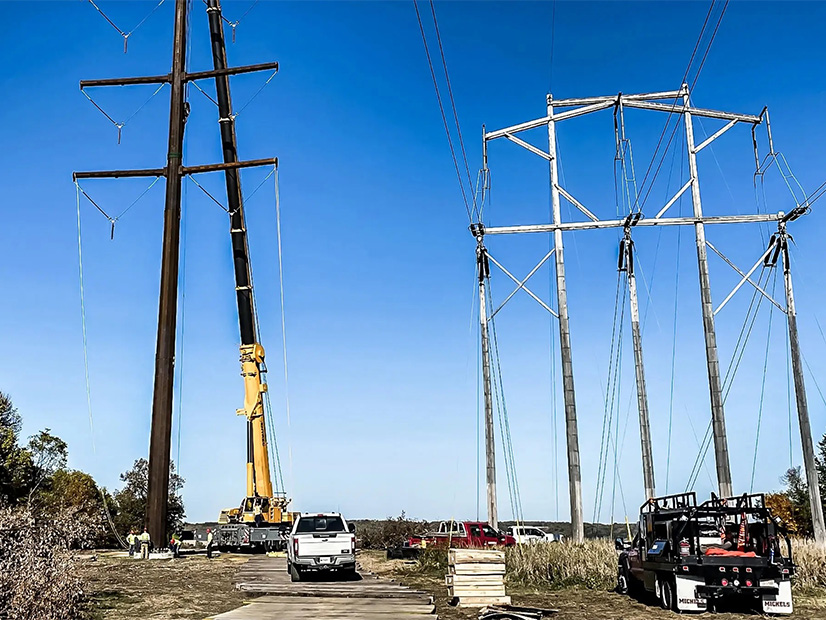The Department of Energy plans to release a list of potential National Interest Electric Transmission Corridors (NIETCs) this spring.
DOE has already released a transmission needs study looking at where new projects could be beneficial around the country, and it released a related guidance document last month. (See DOE to Sign Up as Off-taker for 3 Transmission Projects.)
“This guidance improves upon previous NIETC designation processes in response to both court decisions and updates to our authority in recent legislation,” Grid Deployment Office (GDO) Director Maria Robinson said during a webinar Jan. 3. “Specifically, I’ll note that the proposed process would designate narrow geographic areas as NIETCs, rather than large swaths of land.”
The department is taking public comment on that guidance, which is due Feb. 2, and it plans to release a list of NIETCs that it will continue to study 60 days after that.
“This list will provide the preliminary geographic boundaries of potential NIETCs, which we expect to be sort of a rough approximation,” said Gretchen Kershaw, GDO senior adviser for transmission.
The lists will also include preliminary assessment of transmission needs within the relevant area and any harms to consumers, essentially explaining the threshold need determination made in phase 1, she added.
The transmission needs study identified a need for interregional transfer capacity around the country, but Kershaw said DOE’s process would favor lines with multiple benefits in addition to increasing the ability to ship power between regions.
The list will provide high-level explanations of why potential NIETCs moved to phase 2 of the designation process, and any that did not will continue to be eligible in future designations. Stakeholders will have an additional 45 days to provide comment on those in phase 2. DOE will look to refine the NIETCs’ geographic scope and start to consider environmental assessments.
DOE will further narrow down the list and then formally propose the NIETCs in phases 3 and 4. The department is unsure of the timeline for that because of how long environmental reviews can take, Kershaw said. A standard environmental impact statement takes the department about two years to produce, she added.
The department does not plan to propose massive corridors, as it did the last time it designated a pair of NIETCs in 2007, Kershaw said. In a process that was ultimately stymied by the courts, the department picked one route that covered Southern California and parts of Arizona and another that covered much of the mid-Atlantic into New York City — both designed to ship cheap power into the two biggest cities in the U.S.
“It concentrates stakeholder attention on where new transmission is most likely to be built within a NIETC by having that narrower scope,” Kershaw said. “The narrower geographic areas also lead to more efficient preparation by DOE of environmental documents again focused on a narrower area, and also more useful environmental documents for permitting agencies including FERC.”
The Infrastructure Investment and Jobs Act granted FERC the authority to approve new transmission in the corridors when states either lack authority to site a project (if they cannot consider regional benefits, for example), have not acted on an application after a year or have denied an application for a line.
FERC is reviewing its own authority under the NIETC process with a Notice of Proposed Rulemaking (RM22-7). (See FERC Backstop Siting Proposal Runs into Opposition from States.)
Some projects will use that authority from FERC under Federal Power Act Section 216b, but for those that do not, DOE can help coordinate all federal authorizations and environmental reviews under Section 216h of the law, Kershaw said.



